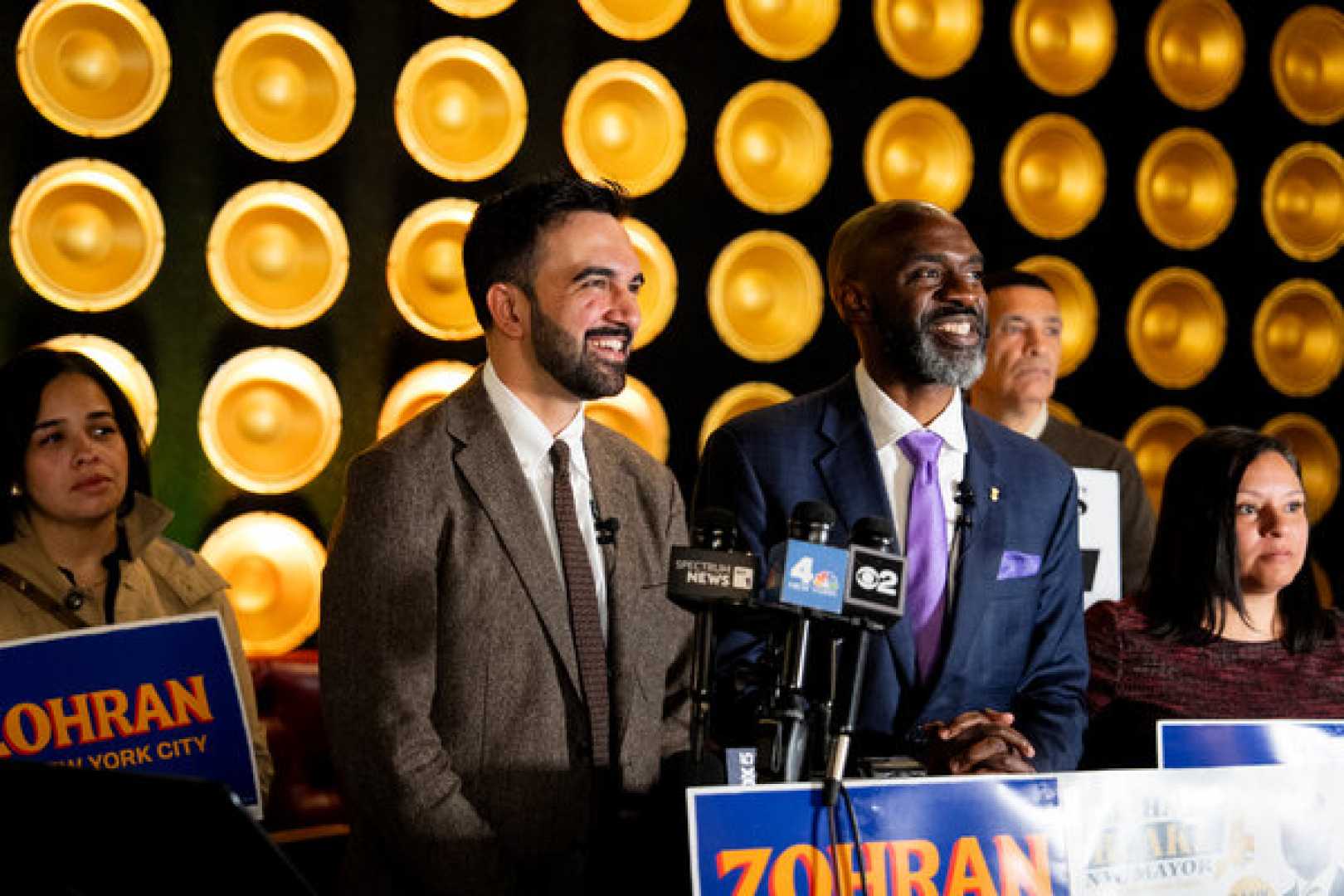Politics
Mamdani Gains Ground with Ranked-Choice Voting Ahead of NYC Mayoral Primary

NEW YORK, NY — Zohran Mamdani, a state assemblyman and democratic socialist, is making headlines in the lead-up to New York’s Democratic mayoral primary. With only one week left, Mamdani is pulling support away from former Governor Andrew Cuomo, who had previously been the frontrunner in the race.
Mamdani’s campaign is recognized for its clear, progressive messaging. His insurgent approach, along with the support of fellow candidate and New York City Comptroller Brad Lander, has been caught in the spotlight of a new poll showing him competing with Cuomo.
The shift in dynamics can be partly attributed to New York City’s ranked-choice voting (RCV) system. This method, allowing voters to select multiple candidates in order of preference, helps elevate candidates who might otherwise struggle for attention. Mamdani’s campaign strategy has leveraged this system to his advantage, garnering vital support from like-minded voters.
Unlike traditional voting, which often pressures voters into choosing between the top candidates, RCV empowers citizens to prioritize policies and ideas over mere party allegiance. This change can diminish the need for negative campaigning, often seen in primaries, as candidates are less likely to split their own party’s vote.
Mamdani has illustrated this cooperative spirit by financially supporting fellow candidate Adrienne Adams after reaching his campaign’s fundraising limit. In return, Adams has kept her focus on challenging Cuomo, demonstrating a unified stance among candidates determined to offer New Yorkers an alternative.
Critics of ranked-choice voting cite confusion as a concern. However, jurisdictions that have successfully implemented the system, such as Alaska and Maine, report positive feedback from voters who find it straightforward. The benefits of RCV include enabling candidates to form alliances and promoting a healthier electoral environment.
Reflecting on the changes since the last mayoral election in 2021, candidates seem to have learned valuable lessons. In that race, chaos ensued among the progressive candidates, splitting votes and leading to a victory by centrist Eric Adams. But this time around, Mamdani and Lander have encouraged their supporters to rank each other second, fostering collaboration among anti-Cuomo contenders.
This cooperation is crucial as the establishment faction of the New York Democratic Party struggles to present a unified front. Articles from sources like The New York Times suggest a split among traditional candidates, which may offer an advantage to the rising progressive coalition.
The landscape of New York’s mayoral race has deep historical significance, particularly as voters face the prospect of transformative change. Figures like Fiorello La Guardia, who led the city through critical times, set a precedent for bold leadership. Now, as New Yorkers prepare to cast their ballots, the implications of their choices extend far beyond just this election.
As the clock ticks down to the primary, Mamdani and his supporters are hopeful that RCV will help shift the city’s political future.












